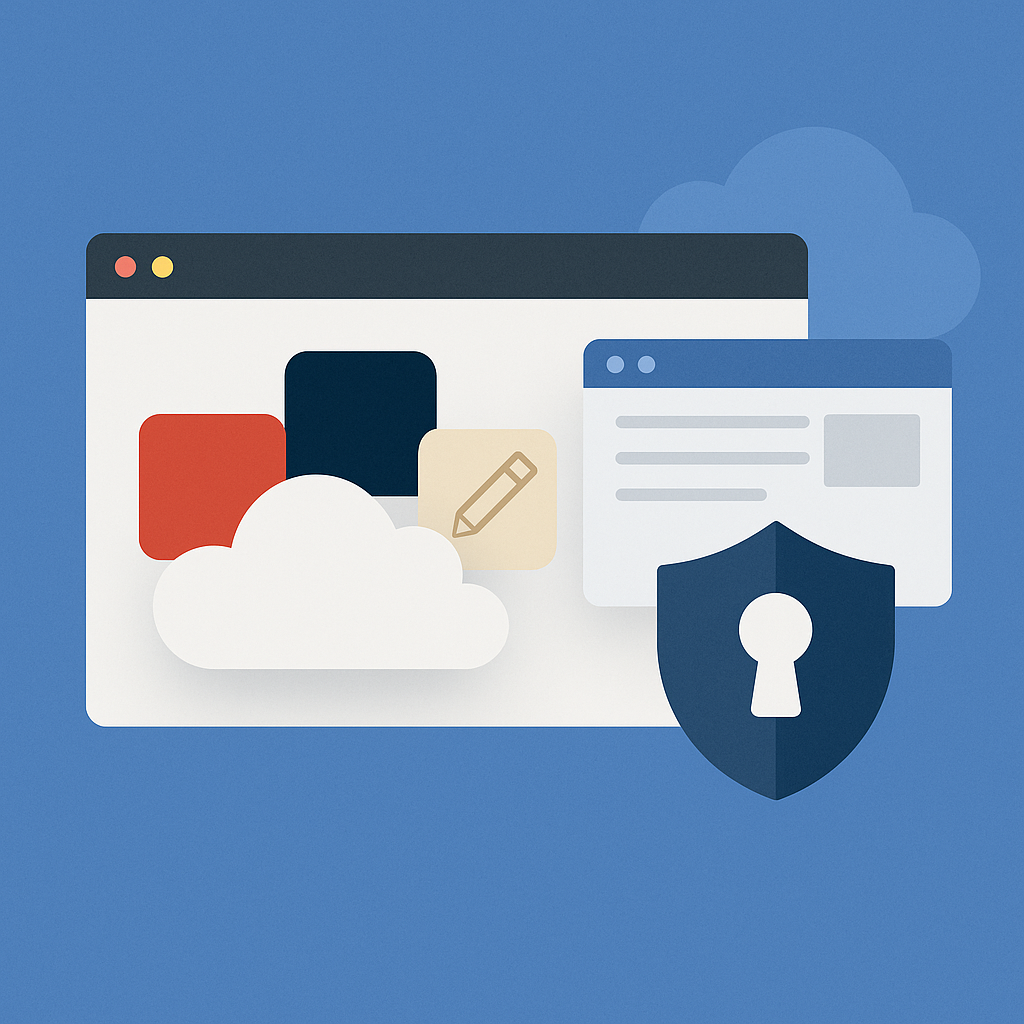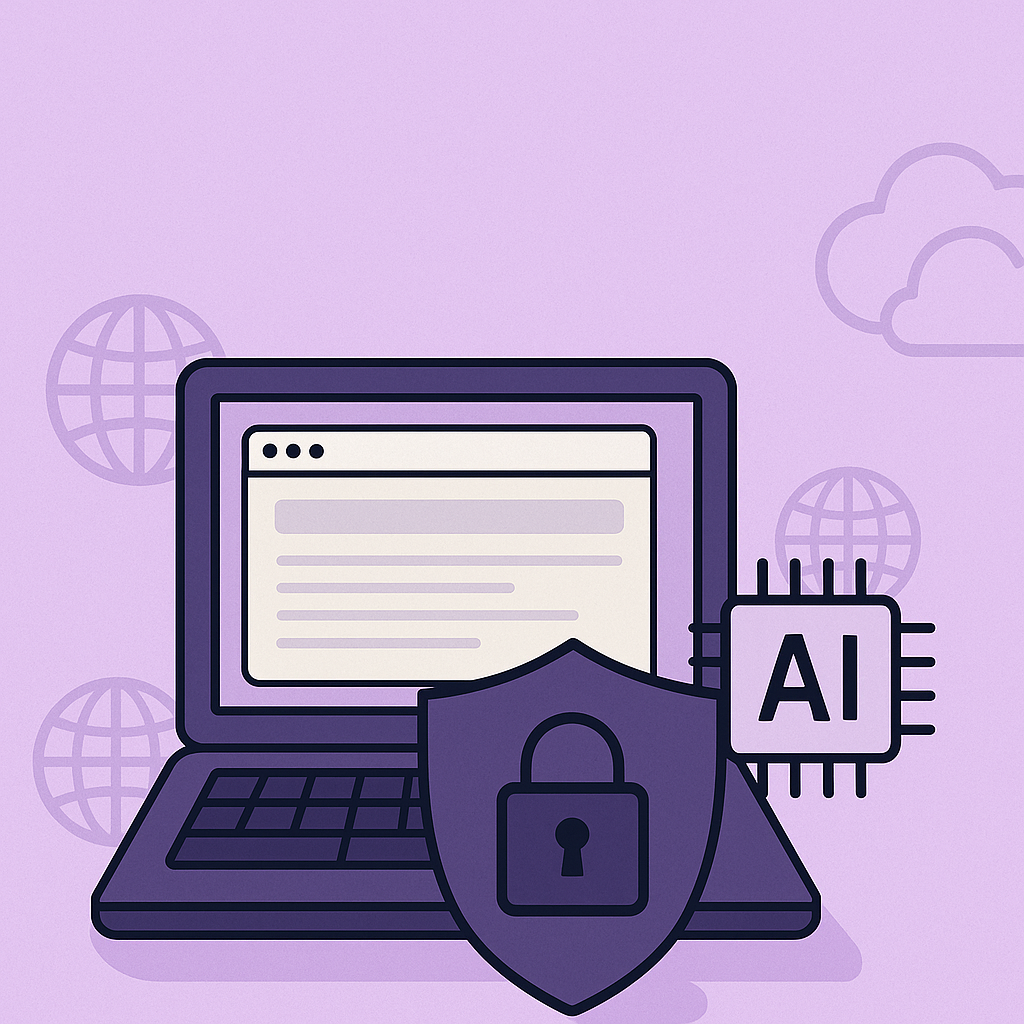The advent of cloud technology has revolutionized the way we live, work, and learn. High school students and teachers alike can benefit from the many tools and resources available in the cloud, which allow for more flexible and engaging learning experiences.
One of the key benefits of cloud technology for high school students is the ability to access course materials and resources from anywhere, at any time. With cloud-based learning platforms, students can continue their studies even when they’re not in the classroom, and can easily collaborate with their teachers and classmates on projects and assignments. This flexibility can help to keep students on track and engaged in their learning, even when life outside of school gets busy.
For teachers, cloud technology provides a wealth of tools and resources to enhance their instructional practice. For example, teachers can use cloud-based tools to personalize learning for their students by using data analytics and dashboards to track student progress and provide targeted feedback. They can also use collaboration tools to facilitate work and support learning, helping students to develop critical skills in teamwork and communication. One such personalized learning tool is itopia CloudApps Classroom.
One of the key features of itopia CloudApps Classroom is its ability to give students instant access to over 150 virtual apps, with zero cloud infrastructure or image management. This means that teachers have complete control over the delivery of virtual apps in the classroom, which helps ensure that all students have access to the resources they need.
With itopia CloudApps Classroom, students can also collaborate in real-time and access industry-leading software such as Adobe Creative Cloud, AutoCAD, Microsoft Office, and Visual Studio Code. This will help students stay engaged and motivated to learn, even when they’re working remotely. For teachers, itopia CloudApps Classroom integrates seamlessly with the Google Workspace ecosystem, allowing them to use familiar tools and apps, such as Gmail and Google Docs, to collaborate and share files with students. The platform also provides valuable analytics to help teachers, students, and parents make the most of cloud technology.
Another benefit of cloud technology for high school students and teachers is the ability to incorporate gamification elements into the learning process. By using interactive simulations, games, and multimedia presentations, students can engage with the material in new and exciting ways, which can help to increase their motivation and engagement.
Finally, cloud technology can also help to bridge the digital divide and make education more accessible for all students. With support for assistive technologies and accessible design, students with disabilities can participate in the learning experience alongside their peers, which can help to promote inclusivity and engagement.
The integration of cloud technology into high school education provides a wealth of opportunities for students and teachers to enhance their learning and engagement. Whether through personalized learning experiences, collaboration tools, or gamification, cloud technology has the potential to transform the way we learn and prepare students for success in a rapidly changing world.
Interested in learning more? Download, “7 Powerful Advantages of Cloud Computer Labs.”



